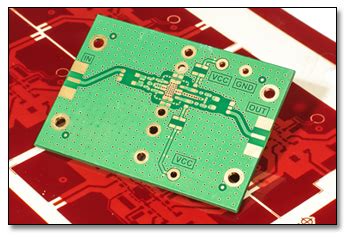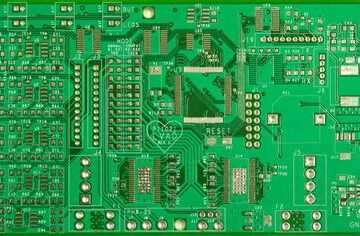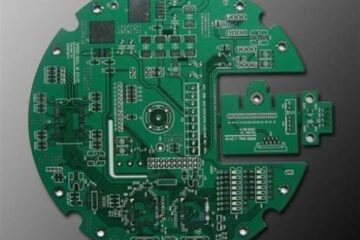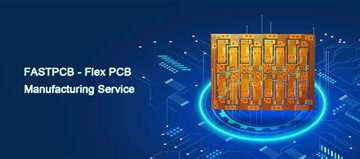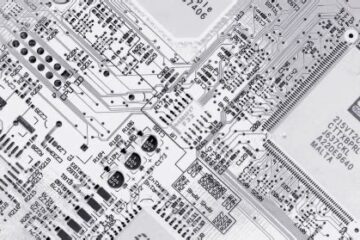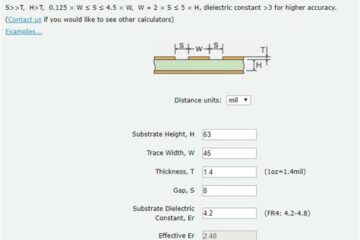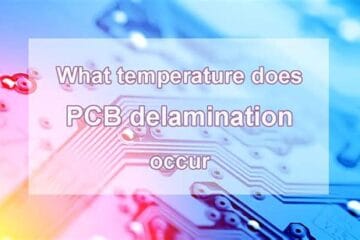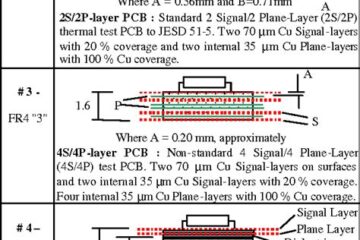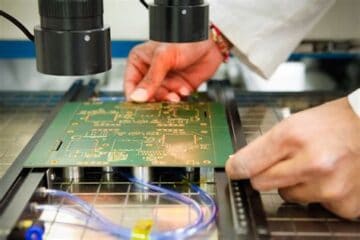PCBA
Online PCB Prototyping Quotes with Full Self-service
Introduction to PCB Prototyping PCB prototyping is an essential step in the development of electronic devices. It allows designers and engineers to test their designs before mass production, ensuring that the final product meets the required specifications and functions as intended. With the advent of online PCB prototyping services, getting quotes and ordering prototypes has become more accessible and efficient than ever before. What is PCB Prototyping? PCB prototyping is the process of creating a Read more…
